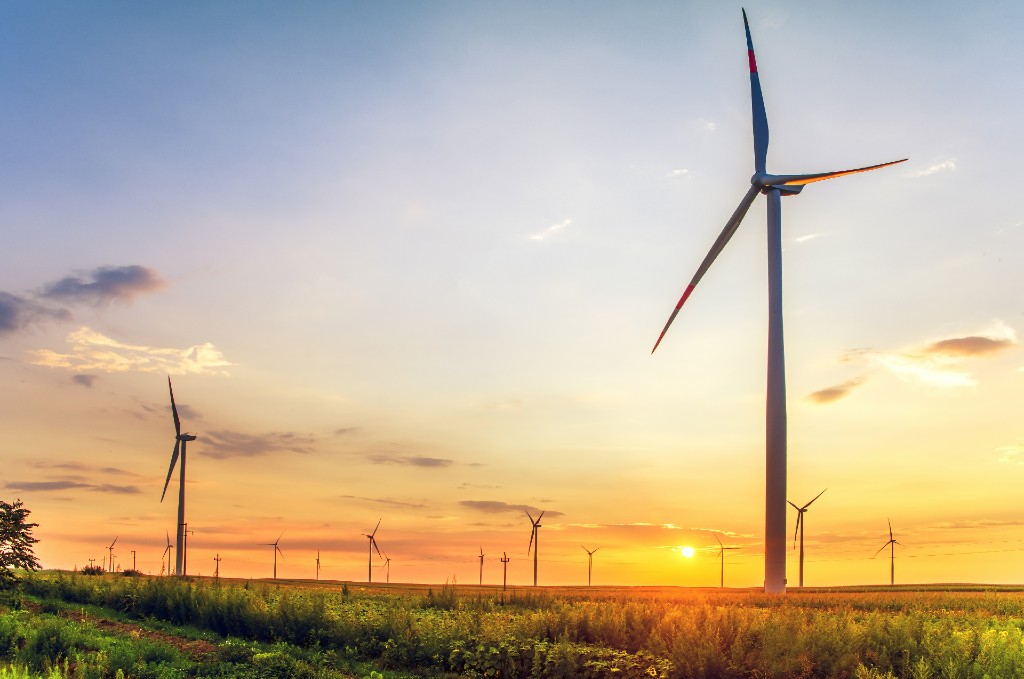As energy costs continue to rise and the world shifts towards greener, more sustainable solutions, homeowners are increasingly exploring renewable energy options. Among these, installing a wind turbine for home has become a viable and attractive choice. Not only does it reduce electricity bills, but it also lessens dependence on fossil fuels, helping you contribute to a cleaner planet.
In this comprehensive guide, we’ll dive into everything you need to know about wind turbines for home use—their benefits, types, installation process, costs, and practical considerations.
What Is a Wind Turbine for Home?
A wind turbine for home is a small-scale renewable energy system designed to convert wind energy into usable electricity for residential purposes. Unlike massive commercial turbines found in wind farms, these units are compact, quieter, and specifically built for households.
They typically consist of:
-
Blades that capture wind energy
-
A rotor that turns with the wind
-
A generator that produces electricity
-
A tower that positions the turbine to catch stronger winds
-
Batteries and inverters (optional) for energy storage and conversion
The electricity generated can either power your home directly or supplement your existing grid connection, reducing reliance on utility companies.
Benefits of Installing a Wind Turbine for Home
-
Lower Electricity Bills
By producing your own power, you’ll reduce or even eliminate your monthly utility costs. -
Sustainable and Eco-Friendly
Wind energy is clean, renewable, and leaves no harmful emissions, making it a perfect alternative to fossil fuels. -
Energy Independence
A wind turbine for home allows you to rely less on external sources of energy, especially in areas prone to outages. -
Government Incentives
Many regions offer tax breaks, rebates, or grants for renewable energy installations, further lowering costs. -
Long-Term Savings
Though the upfront cost can be high, the long lifespan of a wind turbine ensures that you recoup your investment over time.
Types of Wind Turbines for Home
Before investing, it’s essential to understand the two main types of residential wind turbines:
1. Horizontal-Axis Wind Turbines (HAWTs)
-
Most common type, with propeller-like blades.
-
High efficiency in areas with consistent wind.
-
Require more space and taller towers.
2. Vertical-Axis Wind Turbines (VAWTs)
-
Blades rotate around a vertical axis.
-
Can work in turbulent winds, making them suitable for urban settings.
-
Easier to install and maintain but usually less efficient than HAWTs.
Is a Wind Turbine for Home Right for You?
Not every location is suitable for wind energy. Here are factors to consider:
-
Wind Speed: Ideally, your area should have an average wind speed of at least 5–6 meters per second.
-
Space: Open areas like farms, rural properties, or large yards are better suited than crowded city neighborhoods.
-
Zoning Laws and Permits: Some municipalities may restrict the installation of wind turbines. Always check local regulations first.
-
Budget: While costs vary, installing a wind turbine for home can range from $5,000 to $50,000 depending on size and capacity.
How Much Power Can a Wind Turbine for Home Generate?
On average, a small residential turbine produces between 400 watts and 20 kilowatts, depending on size, design, and wind conditions.
-
A 1.5 kW turbine can cover basic electricity needs for a small household.
-
A 10 kW turbine can produce enough energy for an average family home.
To estimate how much you’ll need, calculate your household’s monthly electricity consumption and compare it to the turbine’s rated output.
Cost Breakdown of Installing a Wind Turbine for Home
-
Equipment Costs
-
Small turbines: $3,000–$8,000
-
Mid-range systems: $10,000–$25,000
-
Large residential turbines: $30,000–$50,000
-
-
Installation and Labor
Professional installation, wiring, and tower setup can add another 20–30% of the total cost. -
Maintenance
Wind turbines for home require annual maintenance such as blade inspections, lubrication, and inverter checks. -
Storage Systems
If you want off-grid independence, factor in the cost of batteries (usually $5,000–$15,000).
Steps to Install a Wind Turbine for Home
-
Site Assessment
Hire a professional to evaluate wind speeds, terrain, and suitability. -
Choose the Right Turbine
Select a model based on your energy needs and budget. -
Secure Permits
Check local zoning laws and apply for necessary permits. -
Install Tower and Turbine
Professionals will erect the tower, install the turbine, and connect it to your home. -
Connect to Grid or Battery
Decide whether to remain grid-tied (selling excess power back to the utility) or go fully off-grid with battery storage.
Wind Turbine vs. Solar Panels: Which Is Better for Homes?
While both are excellent renewable energy options, the choice depends on your location and energy needs.
-
Wind Turbine for Home is best if:
-
You live in a windy rural area.
-
You have enough open space.
-
You want power even during cloudy or nighttime hours.
-
-
Solar Panels are best if:
-
You live in sunny regions with low wind.
-
Roof space is available.
-
You prefer lower upfront costs and simpler installation.
-
For maximum efficiency, many homeowners combine both systems to create a hybrid renewable energy setup.
Challenges of Using a Wind Turbine for Home
-
Initial Costs: High upfront investment can be a barrier.
-
Noise and Aesthetics: Some people find turbines noisy or visually unappealing.
-
Space Requirements: Not practical for small urban lots.
-
Variable Output: Power generation depends on wind availability.
Future of Residential Wind Energy
As technology advances, wind turbines for home are becoming more efficient, affordable, and easier to install. With growing awareness about climate change and increasing demand for clean energy, residential wind systems are expected to gain even more popularity.
Innovations such as bladeless turbines and smaller vertical-axis models are making it possible for even urban homeowners to harness wind power.
Conclusion
Investing in a wind turbine for home is more than just an eco-friendly decision—it’s a smart financial move that can lead to long-term savings, increased energy independence, and a smaller carbon footprint.
If you live in a windy location with enough space, a home wind turbine could be the perfect solution to cut costs, reduce reliance on traditional power sources, and contribute to a greener future.
By carefully assessing your site, budget, and energy needs, you can confidently take the first step toward embracing renewable energy right from your backyard.



